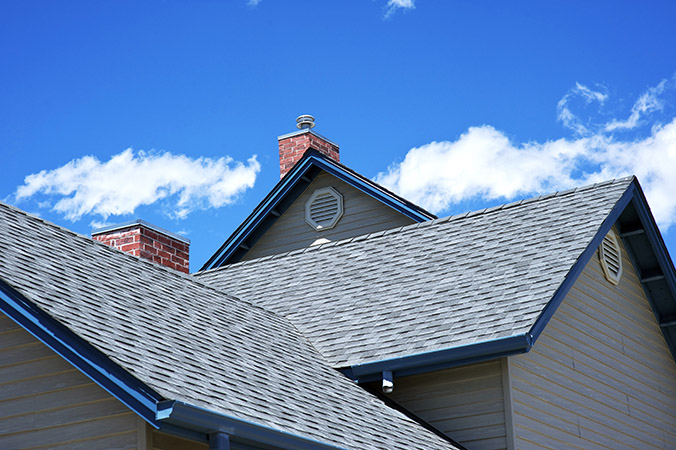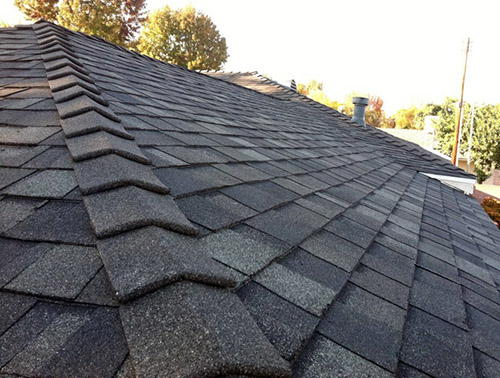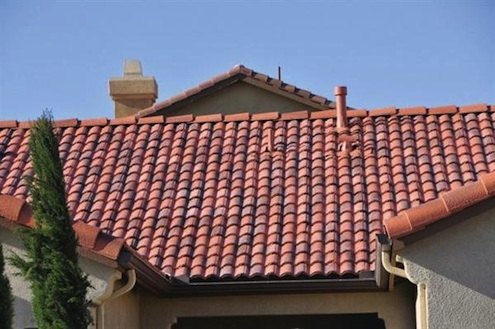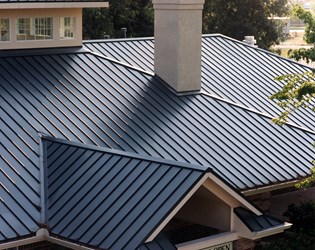 Loading... Please wait...
Loading... Please wait...- Home
- Solaris Blog
- Understanding Your Roof and Installing Solar
Products
- Solar Panels
- Solar Panel Kits
- Solar Generators
- Inverters
- Inverter Monitoring
- Inverter Accessories
- Balance of Systems
- Racking and Mounting
- Rails
- Flashings
- Splice Kits
- Stopper Sleeves
- Conduit Mounts
- Attachments
- Brace Assembly
- Base Mount
- Brackets
- Bolts
- Clamps
- Caps
- L-Feet
- Washers
- Skirt
- Lugs
- Tilt Legs
- Hooks
- Stand-Offs
- Ballast Bay
- Top of Pole Mount
- Side of Pole Mount
- Flush Mount Kits
- Ground Mount Kits
- Roof Mount Kits
- Hardware Packages
- Wire Management
- Batteries
- Battery Accessories
- Charge Controllers
- Tools and Supplies
- View All Products
Understanding Your Roof and Installing Solar
Posted by Brandi Casey on 10th May 2017

There are a number of different roof types, and with each roof type, there is a different racking application that will help maximize your energy potential. Identifying your roof type begins by first working with the materials used on your roof. Composition shingle roofs will require different attachment points than tile or metal roofs. Composition roofs will typically use flashings, whereas tile roofs will use hooks, and metal roofs will require clamps. Racking components are often cross compatible, meaning that IronRidge rails will work with clamps from S-5!. Selecting the right attachment point is essential in ensuring that your roof mount system will be strong, and meet your cities requirements for structural stability.
Flat roofs have two different applications to gain the
desired tilt,
tilt legs and ballasted roof mounts. Tilt legs can work with all
attachment points, however careful planning and cross compatibility need to be
planned and approved prior to installation. The benefit of tilt legs for residential
systems is that they are less costly than a ballast system and carry less
weight. Ballast systems are typically used in commercial applications where
large concrete roofs can handle the load put onto them. Ballast trays require
concrete weights to hold the system in place rather than drilled attachment
points. Permitting for both residential and commercial systems will require a
load analysis to be conducted as the additional weight may not work for the
majority of installations.

*Composition Shingle Roof
Flashings will always require drilling to be made on your
roof which makes many homeowners uneasy. However, racking manufacturers
specifically design their flashings to divert water way from the attachment
points. New technologies such as IronRidge’s Flashfoot 2 have built in features
that move water way from the attachment points as well as feature a water tight
seal on the top of the attachment points. Tile roofs have a couple of different
options including shaving the tile or cutting the tile to add in the attachment
points. The process is a bit more time consuming than the installation process
in a composition shingle roof because of this. Metal roofs have a variety of
shapes and sizes so matching the roof type to the correct clamp is key in
determining which clamp you should use with your system. You can determine the
number of clamps you will need by the number of attachment points that is
required for your system

*Tile Roof
Finally, roofs with multiple planes and levels may need to
split the system up into small sections to install the number of panels needed
for the system to produce the energy required. This will largely change the size
of the rails that you need, but will also give homeowners the option of dispersing
weight and laybacks as required by your city for permitting. Even roofs that
are not perfectly south facing can be utilized and enhanced when combined with optimizers and microinverters.

*Metal Roof
There are a number of different roof types, however with the right combination of attachment points and rails, home and business owners can find the right racking components for them. With a little bit of planning and communication with racking manufacturers, you can put together a racking system that is perfect for your roof and will enhance your entire system’s performance.



